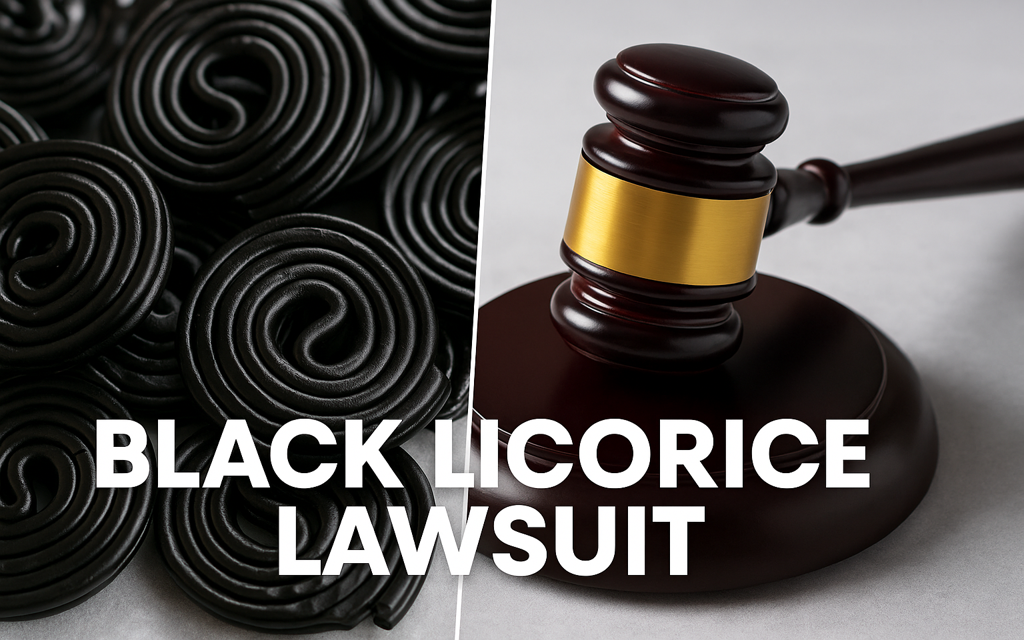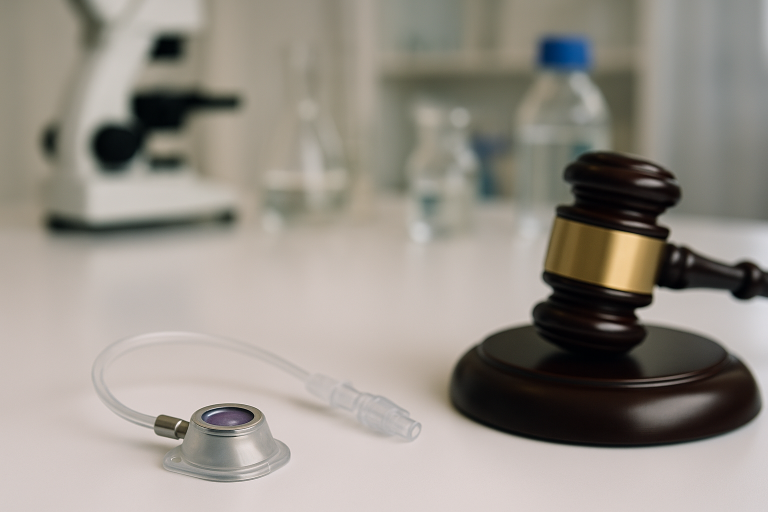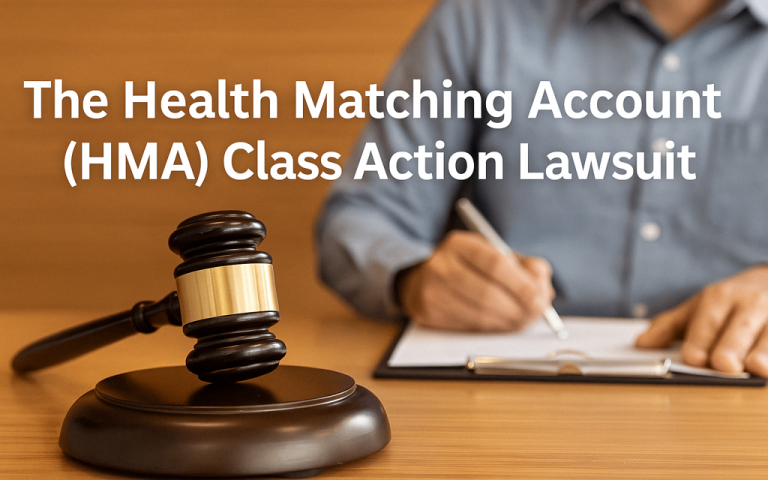The Black Licorice Lawsuit transforms how the public views this popular old-fashioned candy. Once treated as a harmless indulgence, black licorice is now linked to serious health issues. At the center of the controversy is glycyrrhizin, a natural compound in licorice root.
This substance can cause dangerously low potassium levels, trigger heart problems, and lead to hospitalization or death. Multiple lawsuits, including those targeting Hershey, argue that candy makers failed to provide proper warnings. These legal battles follow alerts from the FDA and international agencies. This article explains the science, outlines the lawsuits, and shares what consumers must do to protect their health. If you’ve consumed or purchased black licorice, the following details are critical.
Why Is Black Licorice Dangerous?
Understanding the danger starts with the ingredient glycyrrhizin. This compound comes from licorice root. It’s what gives black licorice its distinct flavor. But it does more than that. Glycyrrhizin affects potassium levels in the body. When potassium drops, blood pressure rises. The heart starts to beat irregularly. Fluid builds up. Muscles weaken. These effects grow worse with age. Older adults are especially vulnerable. Even healthy people can suffer if they consume too much.
Doctors have reported hospitalizations. The FDA warned that eating just two ounces daily for two weeks can be harmful. A 54-year-old man died from cardiac arrest after eating excessive amounts of black licorice. Medical researchers continue to study its effects. This is not a rare reaction. It is a known risk. That’s why lawsuits now demand accountability from candy makers who use glycyrrhizin without warning consumers.
Notable Black Licorice Lawsuits
Black licorice lawsuits show what can happen when food safety is ignored. These cases reveal that companies may have failed to warn people about dangerous ingredients.
Hershey Lawsuit Over Twizzlers
A Manhattan man sued The Hershey Company after suffering heart issues. He claimed regular consumption of black licorice Twizzlers caused serious harm. The lawsuit said Hershey never warned him. No label mentioned glycyrrhizin’s dangers. His legal team argued this was a clear violation of consumer safety laws.
The court allowed the lawsuit to proceed. Hershey had filed to dismiss the case. But the judge said the man had a right to sue under state law. This ruling opened the door for other victims.
Good & Plenty Case
Another case targeted Hershey’s Good & Plenty brand. Plaintiffs said the product failed to warn consumers. They argued that glycyrrhizin caused unexpected health issues. Lawyers said the packaging made it look safe. But it wasn’t.
This lawsuit added pressure. It showed that multiple Hershey products were being questioned. Courts again allowed the case to move forward.
Expanded Legal Implications
These lawsuits have broader meaning. They show that companies can’t hide behind federal labeling rules. State-level laws still apply. If a company fails to warn about known risks, it may be held accountable. The black licorice lawsuits are setting new standards for food labeling.
Health Risks Backed by Research
Black licorice is more than a sweet treat. It can be a health threat. The research is clear.
- Cardiac Arrest: One man died from eating a bag of black licorice daily for several weeks. Doctors linked his death to glycyrrhizin toxicity.
- Blood Pressure Spikes: Medical studies show that glycyrrhizin raises blood pressure. It does so by disrupting sodium and potassium balance.
- Irregular Heartbeats: Glycyrrhizin can trigger arrhythmias. This is especially dangerous for older adults.
- Muscle Weakness and Fatigue: Long-term black licorice use can drain potassium, leading to fatigue, confusion, and leg cramps.
- Water Retention and Swelling: Glycyrrhizin promotes fluid buildup, putting strain on the heart and kidneys.
These symptoms are dangerous on their own. Together, they can become fatal. This is why lawsuits and FDA warnings must be taken seriously.
FDA and International Warnings
Regulators worldwide are sounding the alarm. The FDA calls glycyrrhizin safe only in limited amounts. But the candy industry doesn’t always follow this guidance. The FDA has issued multiple warnings. It advises adults over 40 not to eat more than two ounces daily. The agency says symptoms may appear after just 14 days of overconsumption.
The World Health Organization and European agencies have also acted. They set strict intake limits. They say food products must clearly identify the presence of glycyrrhizin. These groups urge manufacturers to include warnings. Yet most candy brands still offer no caution labels. This gap in transparency is what legal actions now aim to fix.
Allegations Against Hershey and Other Manufacturers
Legal claims focus on three major issues. The Black Licorice Lawsuit argue that Hershey and others failed in their duty to protect the public.
Failure to Warn
The most serious allegation is failure to warn. Plaintiffs say product labels didn’t mention glycyrrhizin. They didn’t say it could cause high blood pressure or heart failure. Without this information, consumers were left at risk.
Misleading Marketing
Candy ads present black licorice as safe. The packaging looks cheerful. There are no warnings. Plaintiffs argue this is misleading. People trust what they see. When they see happy branding, they assume the product is safe.
Violation of Consumer Laws
Lawsuits claim these products break state and federal consumer protection laws. The main point is simple: companies must inform people when a product could hurt them. The plaintiffs argue Hershey failed that test.
These allegations are serious. Courts are taking them seriously, too.
Impact of Black Licorice Lawsuit on Public Perception and Industry
Black licorice is no longer just a childhood memory. It’s a public health issue. Lawsuits and news coverage have changed how people view the candy.
- Reduced Consumer Confidence: Many people now avoid black licorice. Surveys show declining trust in brands that sell it.
- Increased Media Coverage: National outlets have covered the lawsuits. Stories focus on consumer health and legal failures.
- Pressure on Candy Companies: Lawsuits force companies to review their practices. Many are now reassessing what ingredients they use.
- Policy Reform Advocacy: Public health groups are urging new regulations. They want mandatory warnings and tighter limits on glycyrrhizin.
The industry is watching closely. One legal case could set a new precedent for food safety nationwide.
The Importance of Food Labeling Transparency
Food labels are essential. They help people make informed choices. When labels fail, people suffer.
In the case of black licorice, many say the labels were not enough. They didn’t warn people. They didn’t explain the risks. That made consumers vulnerable.
Transparent labels should include:
- Ingredient Risks: Warnings for glycyrrhizin and its effects.
- Serving Limits: Clear guidelines on safe quantities.
- Targeted Advice: Cautions for older adults or people with heart problems.
- Contact Info: How to report issues or ask questions.
Honest labels protect health and build trust. The lawsuits show what happens when that trust is broken.
The Role of Due Diligence in Consumer Health
Due diligence protects buyers. It means doing your research. In food safety, it means reading labels and understanding risks.
For consumers, due diligence should include:
- Reviewing Ingredients: Check for glycyrrhizin in black licorice.
- Limiting Consumption: Eat small amounts. Avoid daily use.
- Seeking Medical Advice: Ask your doctor before consuming if you have high blood pressure or heart disease.
- Reporting Side Effects: Inform the FDA if you experience symptoms.
Personal responsibility matters. But manufacturers must help. Labels must inform. Ads must not mislead.
How Can You File a Black Licorice Lawsuit?
If you believe black licorice harmed your health, you may qualify for legal action. Filing a Black Licorice Lawsuit involves a few essential steps.
- Gather Medical Records: Collect all relevant health documents that link your symptoms to black licorice consumption.
- Preserve Evidence: Keep candy packaging, receipts, and any leftover product. These can support your case.
- Consult a Lawyer: Look for a product liability attorney with experience in food-related claims. Many offer free consultations.
- Discuss Legal Options: Your attorney will evaluate your case and may suggest an individual lawsuit or joining a class action.
- Act Quickly: Legal claims have deadlines. Filing within the statute of limitations is critical.
A successful claim can recover medical costs, lost income, and damages for pain and suffering. Legal action also pressures companies to improve safety standards
Final Verdict: Is Black Licorice Worth the Risk?
The Black Licorice Lawsuit sends a clear message to consumers and manufacturers alike. Glycyrrhizin may seem harmless, but it poses significant health risks—especially for older adults. Lawsuits against Hershey and others show that the law is catching up to the science. People are no longer tolerating hidden dangers in everyday foods.
Candy makers must act responsibly. They should inform customers, update labels, and reformulate if needed. Consumers must also protect themselves. Read every label. Know what you’re eating. Ask questions before trusting a product. The risks of black licorice are real. The legal actions are justified. If you’ve suffered harm, speak out. Demand change. The Black Licorice Lawsuit isn’t just a court case—it’s a warning wrapped in a candy wrapper.
FAQs About Black Licorice Lawsuits
Is it safe to eat black licorice in small amounts?
Yes, small occasional servings are likely safe. But long-term or daily use increases health risks, especially in older adults.
What ingredient causes health problems in black licorice?
Glycyrrhizin affects potassium balance. It causes blood pressure spikes, arrhythmias, and muscle weakness.
Can black licorice cause heart attacks?
Yes. Overconsumption can lead to dangerous arrhythmias and even fatal cardiac events.
Why are people suing Hershey?
Lawsuits say Hershey failed to warn buyers about the dangers of glycyrrhizin in Twizzlers and Good & Plenty.
What has the FDA said?
The FDA warns against eating more than two ounces per day for two weeks. It advises older adults to be cautious.
What should I do if I feel sick after eating licorice?
Stop eating it. See a doctor right away. Report your case to the FDA’s safety portal.
Are children at risk from black licorice?
Yes. Children are more vulnerable to glycyrrhizin’s effects due to their smaller body size.
Can I sue if I got sick from black licorice?
Yes, if you were not warned about the risks. A product liability attorney can guide you.
Is red licorice dangerous too?
No. Red licorice usually does not contain real licorice root or glycyrrhizin.
Will candy companies change their labels?
Public pressure and lawsuits are forcing change. Labels may soon include warnings for black licorice.




